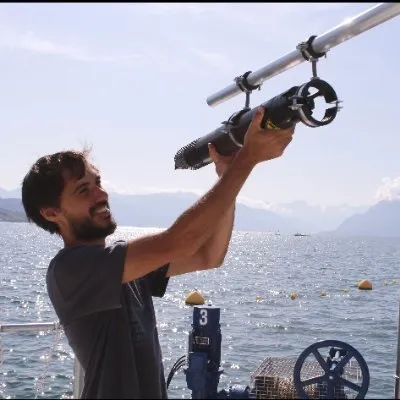About the project
Nutrients from the Southern Ocean are fundamental to global ocean ecosystems and carbon uptake. The project will use a combination of data from different ocean models to figure out the physical drivers of the amount of nutrients in the Southern Ocean and the paths they take to get there.
Nutrients from the polar oceans are the foundation of global primary productivity and an important driver of the global carbon cycle. It is therefore vital to understand what controls the amount of nutrients residing in and leaving the polar oceans, in order to understand the impact of climate change on the ocean’s uptake of carbon emissions and the health of oceanic ecosystems.
The student will use a combination of existing and new data they will produce themselves from simulations to answer questions such as: what are the physical and biological drivers that determine the amount of nutrients in the Southern Ocean? What are the sources of these nutrients? What is the impact of climate change on these processes?
The student will be hosted by the Polar Oceans team at the British Antarctic Survey, where they will learn how to use adjoint modelling techniques to interrogate a realistic ocean model to find the sensitivity of Southern Ocean nutrients to physical drivers such as winds, heat, and freshwater. The student will use a dataset of Lagrangian trajectories and an idealised two-basin model of the global circulation and carbon cycle (designed and ran as part of BIOPOLE) to investigate the pathways that nutrients take to get to the Southern Ocean, and how their properties change on the way.
The project will be associated with BIOPOLE and BIO-Carbon, large multi-institute projects examining biogeochemical processes and ecosystem function in polar ecosystems. The student will have the opportunity to attend project meetings and interact with project researchers.
You will also be supervised by organisations other than the University of Southampton, including Emma Boland (Lead Supervisor), David Munday, and Yohei Takano from the British Antarctic Survey.
